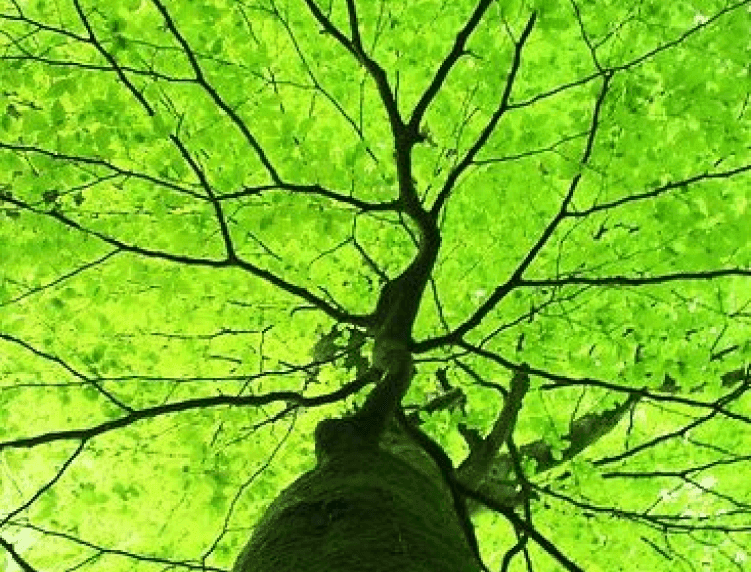December 28, 2023
3 min read
Dancing Through Cultures: A Celebration of Traditional Dances (Ukwu N'abania)
Explore the rich tapestry of traditional dances worldwide! "Dancing Through Cultures" is a vibrant celebration uniting diverse dance forms.

Introduction
Dance, a universal language that transcends borders and connects people, has been an integral part of human culture for centuries. Across the globe, traditional dances serve as vibrant expressions of history, identity, and community. In this blog post, we will embark on a captivating journey through the rich tapestry of traditional dances, exploring the diversity of movements, costumes, and meanings that make each dance form unique.
The Elegance of Ballet in Western Culture: Ballet, with its origins in the Italian Renaissance courts, has evolved into a sophisticated and highly stylized dance form. Graceful movements, intricate footwork, and elaborate costumes characterize this Western tradition. Ballet often tells stories through dance, conveying emotions and narratives with every carefully choreographed step.
The Flamboyance of Flamenco in Spain: Flamenco, born from the passionate spirit of the Andalusian people in Spain, is a dance form that combines singing (cante), guitar playing (toque), dance (baile), and handclaps (palmas). Flamenco dancers, adorned in vibrant costumes, use intricate footwork and expressive hand and arm movements to convey a range of emotions, from joy to sorrow.
The Rhythmic Beats of Kathak in India: Kathak, a classical dance form from Northern India, is known for its intricate footwork, spins, and expressive storytelling. Dancers often wear ankle bells (ghungroo) that create a rhythmic accompaniment to the music. The dance form has a strong connection to Indian mythology and folklore, making it a cultural treasure that has been passed down through generations.
The Spirited Haka in Maori Culture: The Haka, a traditional Maori war dance from New Zealand, is a powerful display of strength, unity, and cultural pride. Originally performed by warriors before battle, the Haka has evolved into a cultural performance showcased at important events. The synchronized movements, fierce facial expressions, and rhythmic chanting make the Haka a mesmerizing and impactful dance form.
The Colorful Folk Dances of Mexico: Mexico boasts a rich tapestry of folk dances that vary from region to region. The lively and colorful costumes, intricate footwork, and infectious rhythms showcase the diversity of Mexican culture. From the Jarabe Tapatio (Mexican Hat Dance) to the Danza de los Viejitos, each dance reflects the unique history and traditions of different Mexican communities.
Conclusion: Traditional dances are not mere performances; they are living embodiments of culture, history, and community. From the graceful movements of ballet to the powerful expressions of the Haka, each dance form is a testament to the human spirit's creativity and ability to connect with others. As we continue to appreciate and celebrate traditional dances, we contribute to the preservation and enrichment of our global cultural heritage. So, let's dance through the ages, honoring the traditions that have shaped us and continue to bring joy and meaning to our lives.
